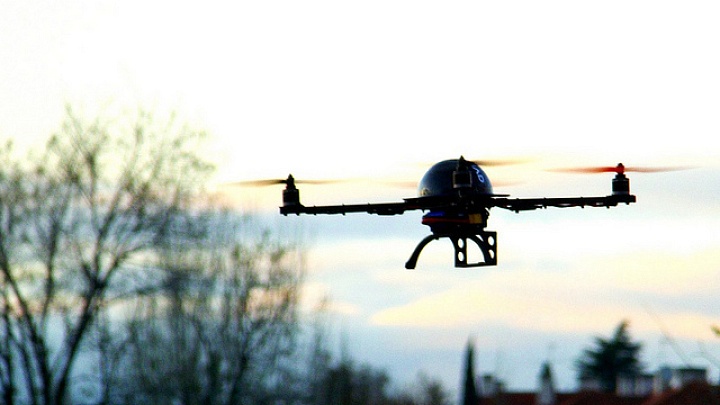
Drone strikes have inspired no shortage of controversy. U.S. government officials point to thousands of dead (alleged) militants. They claim the program has degraded the ability of terror groups to launch attacks against the homeland. But the Pakistani public detests the program, calling it a violation of their sovereignty and holding the U.S. responsible for hundreds of civilians deaths.
All of this misses the point. In war, the enemy gets a vote. Drones may have killed thousands of militants. But if they inspire a million recruits, it’s an irresponsible policy. Similarly, if strikes exacerbate the economic or social conditions driving people to sign up, it’s a counter-productive, self-defeating strategy.
Unfortunately, we don’t know if drone strikes are driving young men to sign up with insurgent groups. But we can determine whether the program is damaging overall conditions in the Tribal Areas. My research finds that the program has generally been effective. Strikes against insurgent leaders greatly improve social stability, and people in the Tribal Areas are willing to sustain some civilian casualties to see it through. But the U.S. policy of “signature strikes” – treating all men of a certain age as eligible targets – is only making things worse.
First, the facts. The CIA drone program is operating in the Federally Administered Tribal Areas (FATA), a small part of northwest Pakistan where the government holds little control. Ethnically similar to neighboring Afghanistan, the residents follow their own social rules and administrative laws different from the rest of the country. This combination of location and self-rule has made it a tempting safe haven for groups like the Haqqani network and Tehreek-e-Taliban-e-Pakistan.
Gathering Threats
The U.S. initiated the program in 2004 as a low cost way (at least in American lives) to monitor and prevent terrorist activity from escalating abroad. But the program is widely reviled. A Pew survey found that 68 percent of Pakistanis disapproved of the program, while only three percent approved. Even Malala Yousafzai, the young woman who survived a Taliban assassination attempt and received the 2014 Nobel Peace Prize, told the Obamas that “drone attacks are fueling terrorism. Innocent victims are killed in these acts, and they lead to resentment among the Pakistani people.” In particular, international human rights groups have questioned the use of “signature strikes.” Rather than targeting specific individuals, authorization for a strike is given if the operators can identify a gathering of teenaged to middle-aged men, traveling in convoys or carrying weapons.
But parts of the Pakistani government appear to support the program. Prime Minister Yousaf Raza Gilani reportedly stated, “I dont care if they do it as long a
